Transportation has different forms, yet is crucial to us, and Hyperloop is its new face as its new form. This text is on the what is Hyperloop? question.
Transportation is a very important part of our modern life as it saves our time, our most valuable asset. Advancement of technology has had the negative effect of increasing our lives paces. To handle this problem, we must develop a new form of invention that compensates for our slow speed. This new form in the transportation industry is the hyperloop. If you are interested in this topic, this article of Tech Trends answers the very questions of “What is hyperloop?” and “how does hyperloop work?” for you.
What is Hyperloop? All You Need to Know
The Definition of Hyperloop and What Makes It Unique
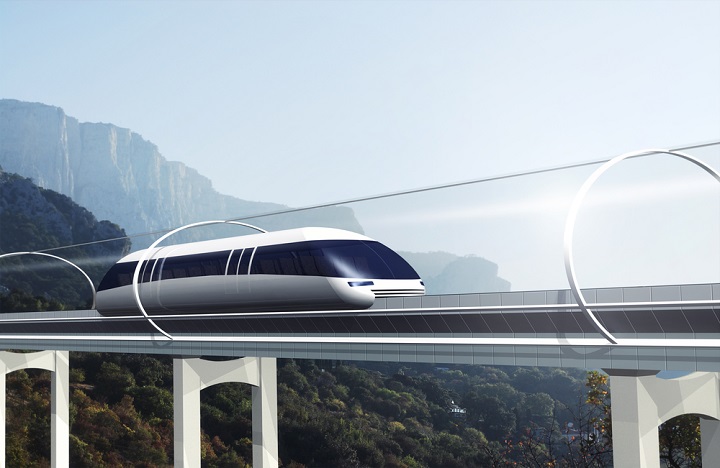
Hyperloop is an innovative form of ground transport currently in development by several companies; It could see passengers traveling at over 700 miles an hour in a floating pod that races inside giant low-pressure tubes, either above or below ground.
There are two significant differences between Hyperloop and traditional rail. Firstly, the pods carrying passengers travel through tubes or tunnels from which most air has been removed to reduce friction. This should allow the pods to travel at up to 750 miles per hour.
Secondly, rather than using wheels like a train or car, the pods are designed to float on air skis, using the same basic idea as an air hockey table, or using magnetic levitation to reduce friction. Now that you have a simple answer to the question of “what is Hyperloop?” and know its critical differences compared to the traditional trains, let’s find a solution to the second important question; how does the hyperloop work?
What is Hyperloop; How Does the Hyperloop Work?
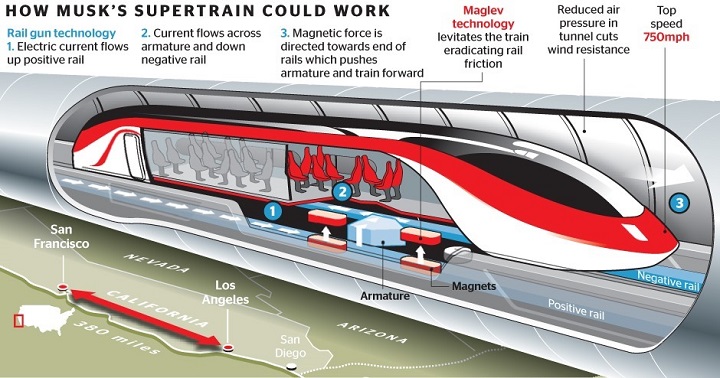
Fundamentally, a hyperloop system is all about omitting the two elements that reduce the speed of regular vehicles: friction and air resistance. The pod needs to hover above its track to omit the first one, making the hyperloop a magnetic levitation (maglev) train.
To put it in the simplest terms, maglev trains use two sets of magnets: one set to repel and push the train off the track and another set to move the floating train ahead, taking advantage of the lack of friction. Once two sets of magnetic waves are established, they work in tandem to push the vehicle forward, says Sam Gurol, former director of Maglev Systems at General Atomics, an energy and defense corporation based in San Diego, California.
“The advantage of maglev is that it allows you to go to very high speeds, in addition to having a very nice ride quality,” Gurol says. “It’s like riding on a magic carpet.”
The super speed of the hyperloop, however, is achieved through drastically minimizing air resistance. Passenger pods move through a low-pressure sealed tube containing vacuums that suck out nearly all of the air. The air pressure inside the chamber is so low that it mimics the conditions of being at about 200,000 feet (61,000 meters) above sea level. The system is protected from the weather by being in a tube. It can operate in almost any weather condition. The above is a simple answer to the question of, “how does the hyperloop work?” But who invented the Hyperloop?
Read more: How to Work from Home: Best Tips to Stay Productive
What is Hyperloop; The First Hyperloop
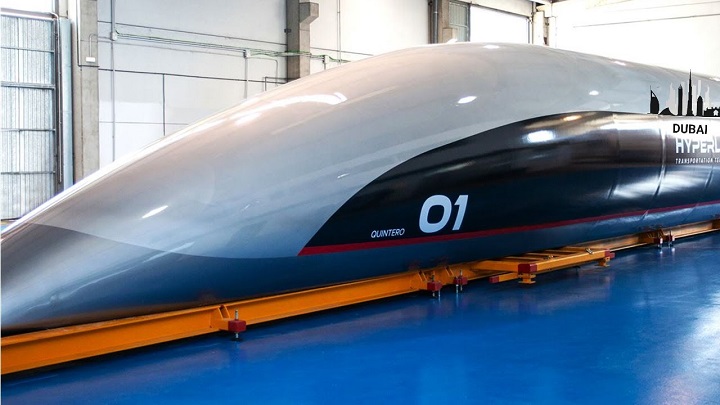
The tubular tizzy started in 2012 when Tesla and SpaceX CEO Elon Musk recommended The Hyperloop as a new page in the book of the transportation industry, one that would be twice as fast as a plane and solar-powered. As the person who invented the Hyperloop idea, he didn’t offer any engineering specifics at the time. Still, in August 2013, he produced a 57-page white paper outlining his technical perspective on how this system would function.
Musk originally suggested doing this to reduce the friction with air bearings, little jets of air on the bottom of the pod. Think of air hockey, he said, but where the air comes out of the puck instead of the table. Today, most hyperloop engineers have chosen instead to rely on passive magnetic levitation. Where standard maglev systems are costly, this system utilizes an array of permanent magnets on the vehicle. When those magnets move over conductive arrays in the track, they create a magnetic field that pushes the pod up, with no current required. A complementary magnet system (think of two magnets pushing off one another) would give the pods a push every few miles or so—the near total lack of friction and air resistance means you don’t need a constant propulsion system.
As for air resistance, that’s where the tube comes in. The tubes isolate the space through which the pods move, so you can use vacuums to hoover out nearly all the air—leaving so little that the physics are like being at an altitude of 200,000 feet. And so, like a cruising airplane, a hyperloop must have only a little energy to keep the pods’ speed, as there’s less stuff to push through. More speed with less power gets you to where you’re going faster, greener, and—depending on energy costs—maybe cheaper too.
After giving all the explanations, Musk said he was too occupied to create the technology himself. He was running both Tesla and SpaceX and wasn’t available to create another industry. So he encouraged anyone interested to have a go. Let there be a hyperloop, he said.
And there was a hyperloop. Well, a hyperloop industry, anyway. Soon after Musk’s paper hit the internet, a bunch of companies showed up, bringing together engineers and VC money to solve the problems for real. At first, LA-based Virgin Hyperloop One appeared to be the most serious investor, with serious VC support, hundreds of employees, a full bank account, and a test track in the Nevada desert where, in December, it sent a pod racing to 240 mph.
Hyperloop Transportation Technologies takes a less built-up approach. Nearly all its engineers have day jobs at other companies (places like Boeing, NASA, and SpaceX). They cooperate primarily online and in separate groups to solve existing engineering problems in their free time. It has plans to build networks in Central Europe, South Korea, and India. Similarly, there’s rLoop, a Reddit-based community of people investigating engineering problems with the mission of “decentralizing high technology.”
And Elon Musk is back in the game. The hyperloop progenitor started by hosting a series of student engineering competitions using a short length of the tube he built at SpaceX’s headquarters. After a short period of time, he confirmed he wanted to create a hyperloop of his own. His plans are vague, but he thinks the tubular system would go great with the tunnels he wants to develop using another new venture, the Boring Company. That was about who invented the Hyperloop. But companies working on Hyperloop are … here is the answer.
What is Hyperloop; Who Is Working On Hyperloop?
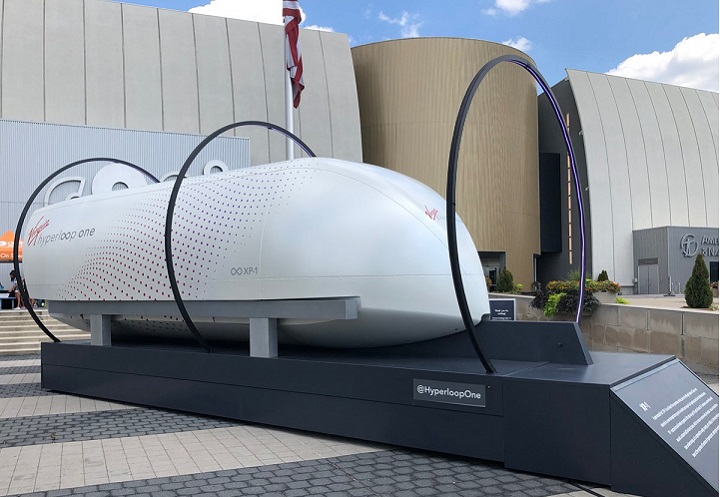
The open-source nature of Musk’s original concept, and the vast potential effect of this technology, have come about a race to see who opens up the hyperloop for commercial use first. Musk and his affiliate companies have demonstrated lessened interest in constructing a hyperloop system, at least on Earth. It may tie in with his other projects- Musk has reportedly said that the hyperloop has applications for serving as a means of travel on Mars.
But other companies working on Hyperloop have become bigger. And some are even close to operating the system for business soon. These companies are:
– Virgin Hyperloop
Arguably the pioneers in the hyperloop match, Virgin Hyperloop was established in 2014. Their designs differ in several parts from Musk’s idea. They utilize a magnetic levitation propulsion system, although their system is seemed to be a lot more efficient than the existing maglev trains. Moreover, they effectively did the first human trial on a hyperloop system at their test site in Nevada and reached a peak speed of 172 kph (107 mph). They plan to set up routes primarily over the US, India, and Saudi Arabia. Virgin Hyperloop thinks that it can begin carrying passengers as soon as 2027.
– Hyperloop Transportation Technologies (HyperloopTT)
Another leader in the Hyperloop industry is HyperloopTT. HyperloopTT signed an agreement with the Northeast Ohio Areawide Coordinating Agency (NOACA) in 2018 to conduct a feasibility study of the Great Lakes and published a report on the Great Lakes Hyperloop Feasibility Study in 2019. HyperloopTT projections think they can build fully operational systems ready for use by 2028.
– JTC 20
Elsewhere in Europe, the Joint Technical Committee 20 was formed in 2020 to implement the standardization of hyperloop technology throughout Europe. The companies included in this are Hardt, Nevomo, TransPod, and Zeleros. This standardization ensures better safety and ease of operability across borders. So, now we know companies working on Hyperloop, but there is another question; when will the Hyperloop be ready?
Read more: How to Make WhatsApp Stickers; The Best Guide
What is Hyperloop; When Will the Hyperloop Be Ready?
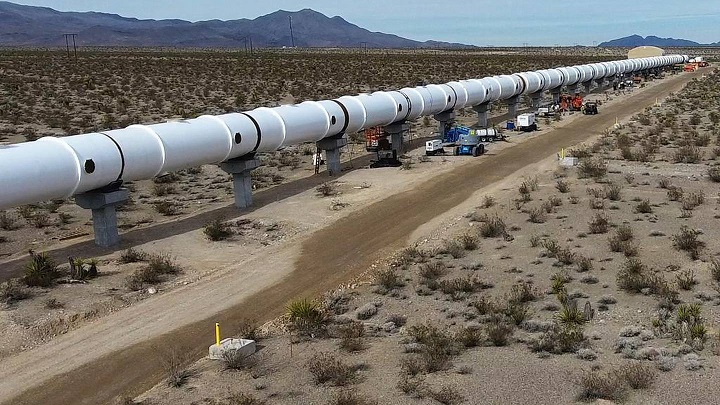
Several companies are working to put the idea into practice. Hyperloop technology is still developing even though the basic concept has existed for many years. For now, the earliest any Hyperloop is likely to be up and running is 2027. However, most services are expected to be later, as trials of the technology are still in their early stages. Now that you have a firm answer to the question of “what is Hyperloop?” let’s explore advantages and disadvantages of the Hyperloop.
What is Hyperloop; Advantages and Disadvantages of the Hyperloop
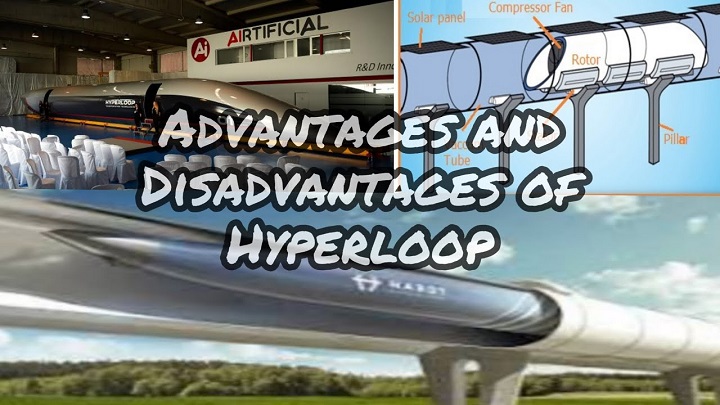
Like every technology, Hyperloop has also its advantages and disadvantages. Here we discuss them.
Advantages:
– The hyperloop can save us an enormous amount of traveling time.
– Eco-friendly, it uses an electric propulsion system that can be harnessed from renewable resources as planned by Elon Musk.
– When built on pylons, the vacuum tunnels reduce land acquisition costs.
– With fast transport, we no longer need to live near our workplace. It will reduce the congestion in cities.
– It is feasible to operate in all weather conditions in its closed environment.
– Reduced freight cost and time. The need for air cargo will be reduced.
– With green technologies, emissions like GHG will be reduced.
Disadvantages:
– The route should be built without many curves to maintain the high speed.
– High-speed travel may cause dizziness in passengers. More human trials are needed to get a clear idea.
– Need cutting-edge technology to build a tunnel that keeps low pressure.
– The initial construction cost is high.
– It is hard to keep a tunnel without leaks in a long-distance route.
– No clear idea about emergency exits.